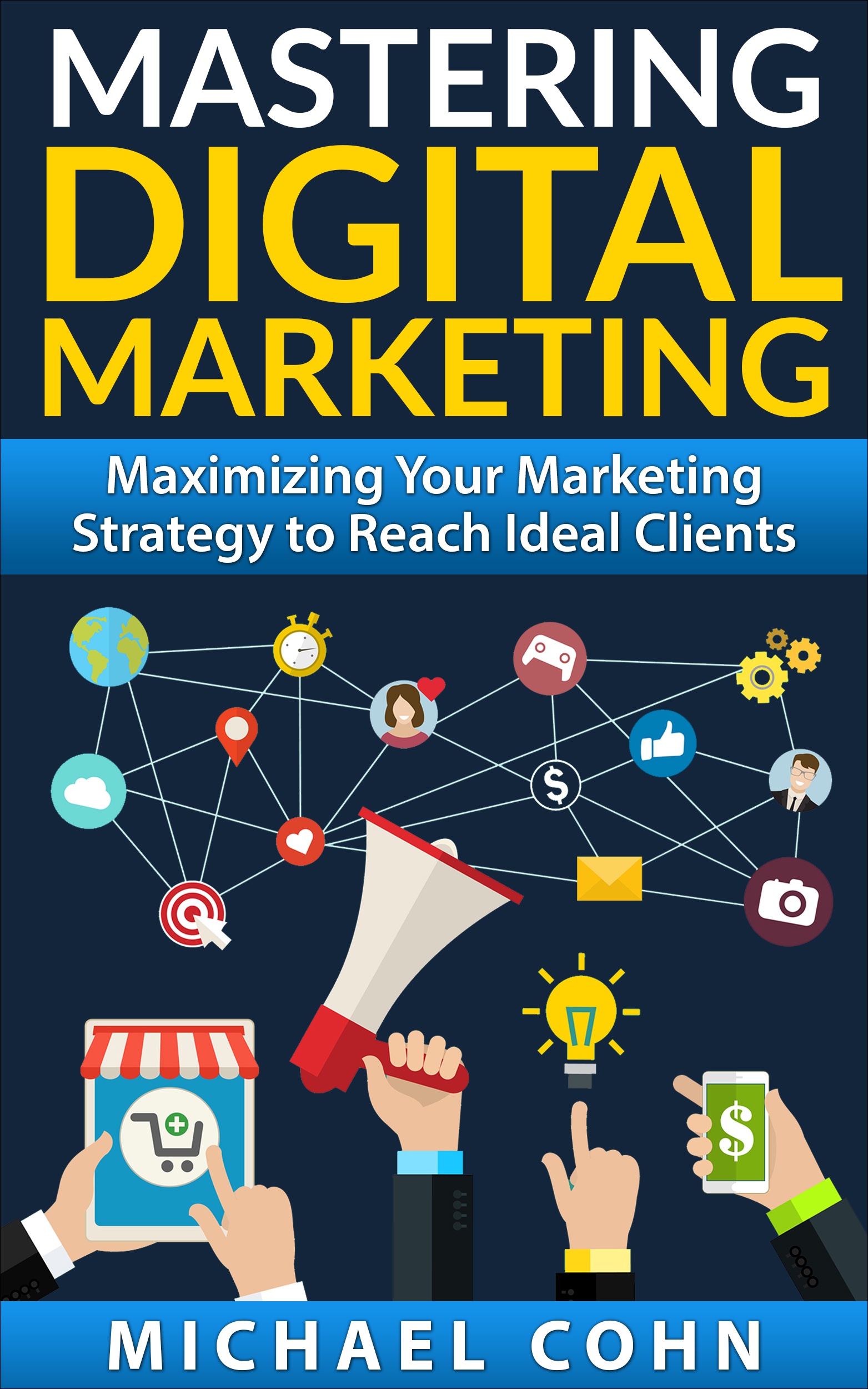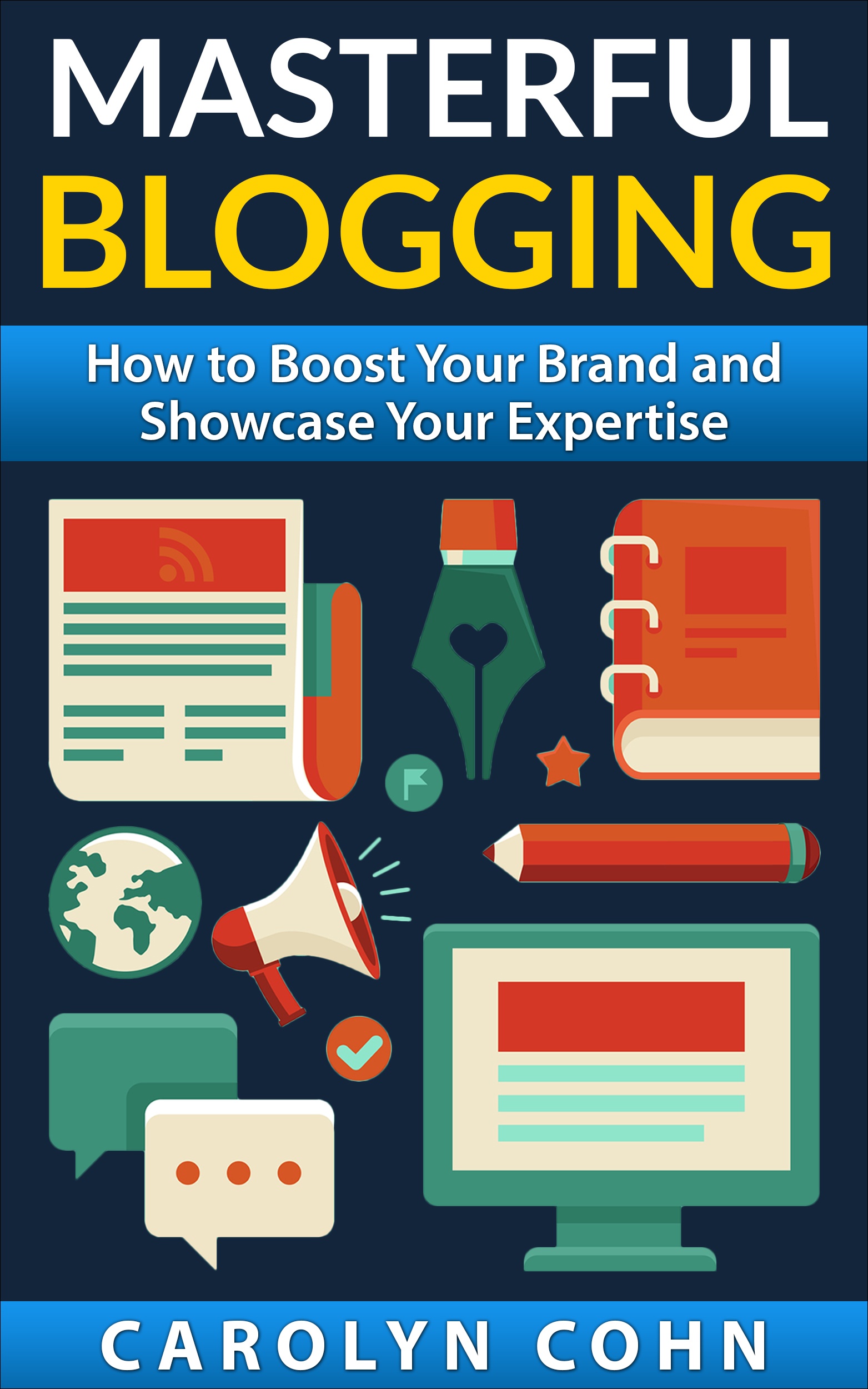Content That Tells a Story

The content that you write and share with others is critical to the success of your business. Does your content truly tell a story and is it persuasive? If done effectively, it will go a very long way.
The social media world and how it relates to business is entirely different than any other world. As a business owner, the most effective way to boost your reputation and exposure online is to share as much high-quality, informative, educational and exciting content as you possibly can. With that in mind, you need to ask yourself if your content is exciting enough to your readers and if it really tells your story.
It is well known that the success of your business using social media is based on the relationships that you develop and maintain. The next step after establishing a relationship is to get the other person interested in what you are offering. There are some key questions that you will want to ask in your effort of convincing others to be a part of what you are doing. Some of the answers that you will need in order to proceed are:
- What are the current opinions and beliefs of the members of your target audience?
- What reservations do they have before deciding to do what you are suggesting?
- Which factors influence them the most?
- Which factors motivate them to behave the way that they do?
- Which outcomes are they looking for?
- What might stand in the way of their deciding to do what you are suggesting?
Once you have been able to secure answers to those questions, you can use the information as part of your social media marketing campaign. You can craft the information into a story that is complete and effective. Effective and compelling content is very powerful. It can take a nonbeliever and turn him or her into someone who is in full support of what you are doing and what you are offering. The entire decision is based on the effect that the content has on them. A wonderful way to reach your target audience and to turn around their thinking is by writing content that touches your audience members in a way that makes them believe that you will be solving their problems. By the way, you don’t have to confine your content to words only. You can also share video content, graphic images, events, etc.
There are several approaches that you can use when trying to touch your audience.
- Enhancing content: You take the original content, which contains your business proposal and customization, and you make it better and mix it up a bit.
- Content sharing: This is content that you promote by word of mouth, republishing, referrals, and sharing socially.
- Internalizing content: This is the persuasion of the change in the behaviors of your target audience to get them to come around to your way of thinking.
- Understanding the content: This is a deep understanding on the part of your audience members. It is a grasp of the big picture on their part.
- Engaging content: This is when your audience wants to get more involved with you and your business than merely reading your content. They interact with you by posting questions and comments on what you have shared with them.
Your storytelling content should include success stories that demonstrate the point(s) that you are trying to make. Additionally, as part of your social media marketing campaign, you should have a process in place from the beginning that engages prospective clients, converts them at the appropriate time, implements the work that you will be doing with them and promotes success. The stories of success can be a variety of different types, as long as they all express the same message. Once you have developed a relationship with your audience to such an extent, you should look upon them as people who can be strong advocates for you and your business in the future.
Conclusion
You have heard the expression “Content is king” thousands of times. It certainly is true. Your content must be compelling, creative, exciting and extremely helpful to others. It must make sense on a persona level to your audience. Your content needs to tell a story—the whole story.
We are pleased to provide you with the insightful comments contained herein. Please contact us at CompuKol Communications for further discussion on how we might be able to assist you and your team and don’t forget to “like” our Facebook page.
[skype-status]


Via LinkedIn Groups
Group: A Solo Business – Solopreneurs And Business Owners
Discussion: Content That Tells a Story
Carolyn, thanks.
I agree with your premise regarding the importance of 'story' in content.
Mac
Posted by Mac MacPherson
Via LinkedIn Groups
Group: On Startups – The Community For Entrepreneurs
Discussion: Content That Tells a Story
That's certainly true, but that's just part of the story. Any effective content tells a story that has a direct impact upon the potential customer — they don't care about what you're saying until they realize it can effect THEM directly in a positive way. Tell a story about your company and it's just so much "blahblahblah." Tell a story about your CUSTOMER and now you're saying something.
Posted by Jim Schakenbach
Via LinkedIn Groups
Group: Online Lead Generation
Discussion: Content That Tells a Story
And still nothing would happen unless you invest on crowd sourcing to your page. Yes crowdsourcing can not be done without good social content, but without crowd sourcing even fantastic and the regularly updated social contents are not of any value.
Posted by Paramita Duttaray
Via LinkedIn Groups
Group: Professional Writers
Discussion: Content That Tells a Story
Carolyn, I agree, and I think this is something that applies even in "traditional" technical documentation. Even the most dry, complex deliverable can and should follow a narrative thread. And when you've put a story structure like this in place, it can lead your audience through those technical details by providing context and keeping their interest.
Telling a story seems most naturally suited to describing concepts, but it can apply to organizing task information as well. As an editor and writer, I like to add value for my users by including that hint of story-telling in my documentation whenever possible.
Posted by Julie Bettis
Via LinkedIn Groups
Group: Professional Writers
Discussion: Content That Tells a Story
Here's a high-level example of how I've implemented a story-telling approach in technical documents: Imagine that you're describing the idea (for example, setting up system security parameters, managing user accounts) to your grandmother, or your neighbor while chatting over the fence. The kind of narrative you'd use ("Well, once you've installed this software, you'll want to limit who can get to the important files that control the system. So you should determine who <blah blah> and adjust <this or that> …") leaves out the technical details and forces you to focus just on a narrative flow. You'll discover quickly if there isn't a storyline, and if there isn't, maybe you need more information from the developers, or maybe the product has some gaps that you can point out to the development team.
If you find yourself coming up with a storyline that works, this might become the rudimentary outline for your document or chapter. An outline like this might differ a bit from the typical "describe a feature, here's how to use it" approach that is often used.
Posted by Julie Bettis
Via LinkedIn Groups
Group: Professional Writers
Discussion: Content That Tells a Story
This would seem to lend itself well to a task-oriented approach to writing a user guide (and maybe this is what Julie is saying).
A user guide should answer the user's question, "What can I accomplish with this software?" The answer would be the narrative ("You can create a brochure"), to which we add the software steps and (sparingly) the technical bits. This is an entirely different question than "What does the software do?" which is most often the question a developer will ask and which leads to dull "interface tours" that are irrelevant to users.
Posted by Scott Spinola
Via LinkedIn Groups
Group: Professional Writers
Discussion: Content That Tells a Story
To try and bring a storytelling quality to my website I began my home page with this:
Let’s say you asked me this question: “Why should I work with you? Why do I need your help?” Here’s what I would say. “The old ways of communicating are no more. The landscape and language of business is changing at warp speed. A unique customer experience begins with your voice. A clear, creative, authentic voice. And in this social media world, we want to know who you are, what your business means and how your business changes lives.
Posted by richard pelletier